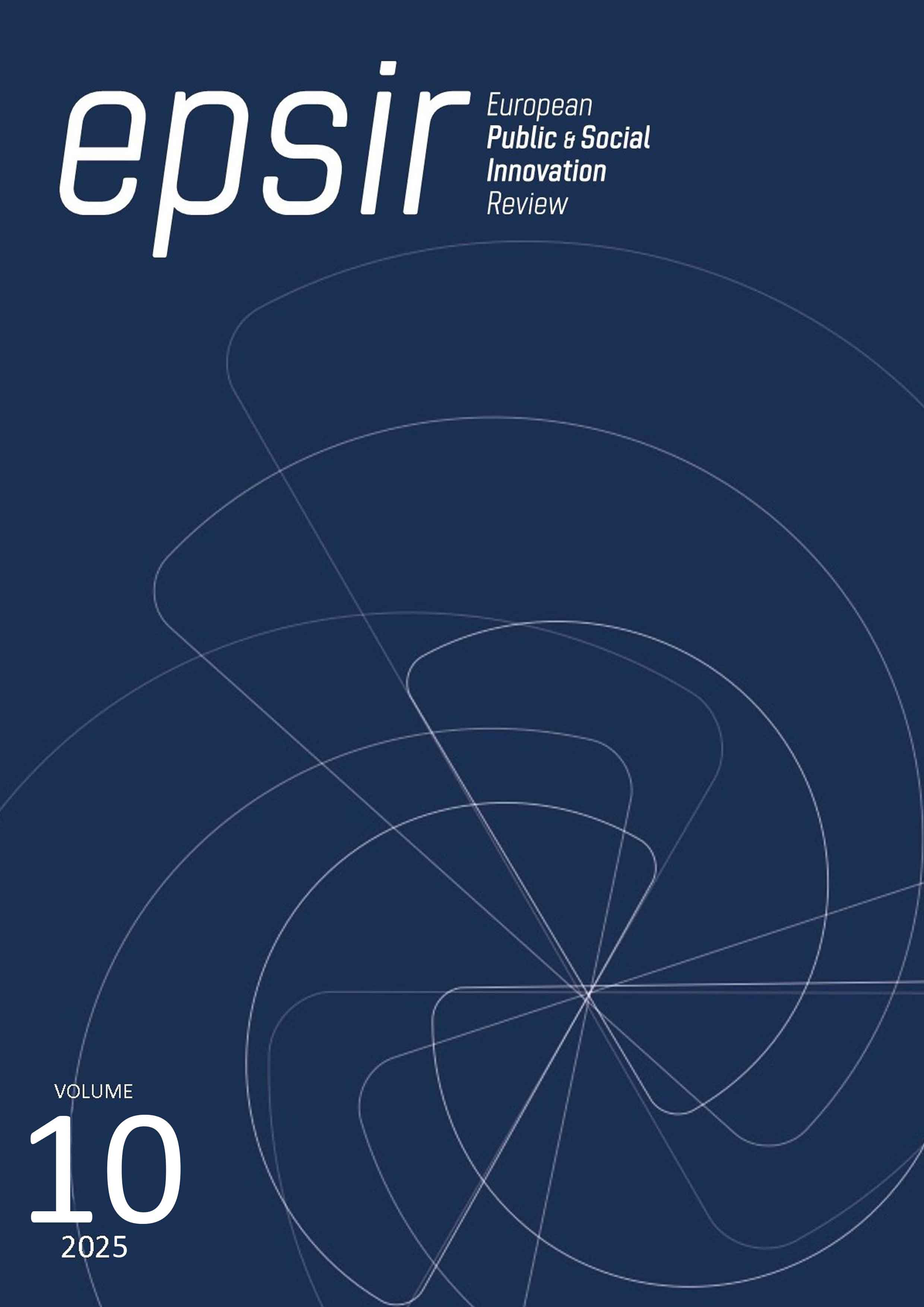Artificial intelligence applications in the teaching and learning of Spanish-Arabic translation
DOI:
https://doi.org/10.31637/epsir-2025-1368Keywords:
machine translation, neural translation, Spanish-Arabic, documentation, terminology, teaching-learning, artificial intelligence, computer-assisted translation toolsAbstract
Introduction: Artificial intelligence (AI) has experienced an unprecedented boom in recent years, driving advances in various fields, including Spanish-Arabic translation and interpreting (T&I). Methodology: A chronological review of the development of AI and its influence on professional practice and translators’ training in recent decades is offered, with special emphasis on the emergence of neural translation. In addition, an observational-descriptive approach is used to analyze the applications proposed within the framework of the subject Spanish-Arabic Translation, the reception of the AI-assisted translation exercises and the feedback from the participating students. Results: Valuable information is collected from two main sources: teacher observation and students’ feedback. Discussion: The information gathered is discussed, with pros and cons of AI applied to translation, in line with the objectives that were intended to be achieved in the Spanish-Arabic translation classroom. Conclusions: It is concluded that AI, applied in a critical and controlled way, brings benefits for translator training and allows for faster progress, saving time invested and facilitating skill acquisition. However, the study also leads to other conclusions that advise against its uncontrolled use.
Downloads
References
Bishop, C. M. (2006). Pattern recognition and machine learning. Springer.
Bostrom, N. (2014). Superintelligence: Paths, dangers, strategies. Oxford University Press.
Chan, S. W. (2018). The human factor in machine translation. Routledge.
Duque García, M. M., González, M. T. y Catrain, M. (1993). Transposición y modulación en la traducción técnica. En M. Raders y J. Sevilla Muñoz (Eds.), III Encuentros Complutenses en torno (pp. 137-149). Universidad Complutense de Madrid.
Ehrensberger-Dow, M. y Massey, G. (2017). Socio-technical issues in professional translation practice. Translation Spaces, 6(1), 104-121. https://doi.org/10.1075/ts.6.1.06ehr DOI: https://doi.org/10.1075/ts.6.1.06ehr
Goodfellow, I., Bengio, Y. y Courville, A. (2016). Deep learning. MIT Press.
Jiménez-Crespo, M. A. (2023). Augmentation and translation crowdsourcing: are collaborative translators minds really ‘augmented’? Translation, Cognition and Behavior, (online), 21-35. https://doi.org/10.1075/tcb.00079.jim DOI: https://doi.org/10.1075/tcb.00079.jim
Jiménez-Crespo, M. A. (2024). Professional Translators’ Attitudes Towards Control and Autonomy in the Human-Centered AI Era: Presenting a Survey Study. En C. Orasan, T. Ranasinghe, G. Corpas Pastor, R. Mitkov y M. Kunilovskaya (coord.), Proceedings of the New Trends in Translation and Technology Conference - NeTTT 2024 (pp. 91-98). NeTTT. https://bit.ly/4bIIYOU DOI: https://doi.org/10.26615/issn.2815-4711.2024_008
Kenny, D. (2020). Human Issues in Translation Technology. Routledge. DOI: https://doi.org/10.4324/9781315678627-65
Koehn, P. (2020). Neural Machine Translation. Cambridge University Press. DOI: https://doi.org/10.1017/9781108608480
Massey, G., Huertas-Barros, E. y Katan, D. (Eds.) (2023). The Human Translator in the 2020s. Routledge. DOI: https://doi.org/10.4324/9781003223344
Müller, V. C. (2020). Ethics of artificial intelligence and robotics. En E. N. Zalta (Ed.), The Stanford Encyclopedia of Philosophy. Stanford University. https://stanford.io/4cGXp7o
Murphy, K. P. (2012). Machine learning: A probabilistic perspective. MIT Press.
O’Brien, S. (2023). Human-Centered augmented translation: against antagonistic dualisms. Perspectives, 32(3), 391-406. https://doi.org/10.1080/0907676X.2023.224742321 DOI: https://doi.org/10.1080/0907676X.2023.2247423
Russell, S. y Norvig, P. (2020). Artificial intelligence: A modern approach (4ª ed.). Pearson.
Schnell, M. (13 de octubre de 2023). Goodbye translators. And hello Language Specialists. RWS Blog. https://www.rws.com/blog/goodbye-translator-hello-language-specialist/
Shneiderman, B. (2020). Human-centered artificial intelligence: Three fresh ideas. AIS Transactions on Human-Computer Interaction, 12(3), 109-124. https://doi.org/10.17705/1thci.00131 DOI: https://doi.org/10.17705/1thci.00131
Shneiderman, B. (2022). Human-centered AI. Oxford University Press. DOI: https://doi.org/10.1093/oso/9780192845290.001.0001
Universidad de Granada. (2023). Guía docente de Traducción A-B Árabe. https://www.ugr.es/estudiantes/grados/grado-traduccion-interpretacion/traduccion-b-arabe-0/guia-docente
Downloads
Published
How to Cite
Issue
Section
License
Copyright (c) 2025 Bachir Mahyub Rayaa

This work is licensed under a Creative Commons Attribution-NonCommercial-NoDerivatives 4.0 International License.
Authors who publish with this journal agree to the following terms:- Authors retain copyright and grant the journal right of first publication with the work simultaneously licensed under Creative Commons Non Commercial, No Derivatives Attribution 4.0. International (CC BY-NC-ND 4.0.), that allows others to share the work with an acknowledgement of the work's authorship and initial publication in this journal.
- Authors are able to enter into separate, additional contractual arrangements for the non-exclusive distribution of the journal's published version of the work (e.g., post it to an institutional repository or publish it in a book), with an acknowledgement of its initial publication in this journal.
- Authors are permitted and encouraged to post their work online (e.g., in institutional repositories or on their website) prior to and during the submission process, as it can lead to productive exchanges, as well as earlier and greater citation of published work (See The Effect of Open Access).




